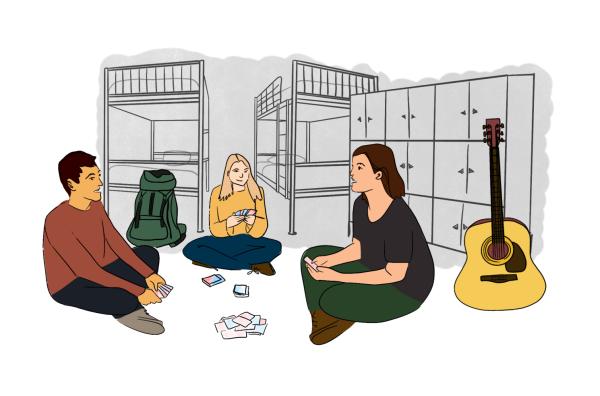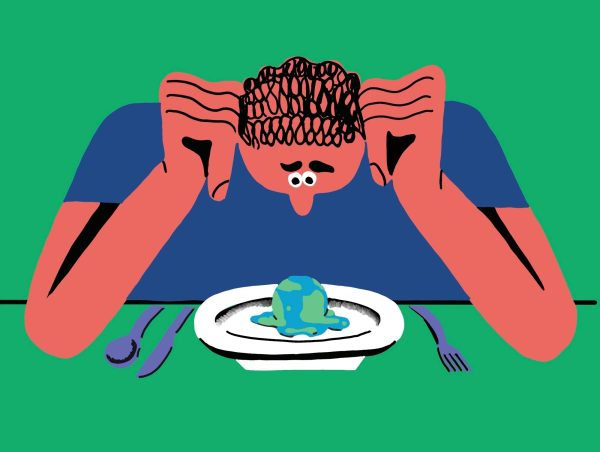Sustainability Column: Local Food Justice
I know what you’re thinking, how many articles can there be about the local food movement? The answer is more than you can read. Local food is trendy, and connecting with farmers and knowing where your vegetables come from continues to be something that many people value. But local food is complicated. This movement is applauded for its promotion of self-sustaining communities and its valuation of small family farmers rather than big industrial farms. It stresses putting a local face to the food that we eat. On the other side, many critique this movement as elitist and often highlight spaces of privilege that are inaccessible to people of lower-income backgrounds. It creates exclusive spaces in which many feel unwelcome.
So we see the emergence of food justice in the local food movement to address this critique. Food justice begins by stating that access to fresh food is unevenly distributed amongst populations based on race, gender, class and where one lives. Food access thus is not just a matter of affordability, but is tied to deeply rooted structures of inequality that shape the health profile of the United States. Simply put, this idea stresses that fresh local food should be accessible to everyone, but this requires access for farmers as well. Producers of these vegetables and fruits need to be able to provide these at
affordable costs for everyone. Small family farmers tend to be underpaid and undervalued in the food system because of the competition they face against developed industrial agricultural entities. In promoting local food access, we must promote access for these farmers to fill this gap.
Yet, here we find another critique. Author and educator Julie Guthman writes, “the intention to do good on behalf of those deemed other has the markings of colonial projects, in that it seeks to improve the other while eliding the historical developments that produced these material and cultural distinctions in the first place.” Guthman argues that many food justice projects only heighten the hierarchical relationship of the dominant populations while othering those that have less access to valued foods. It is important to acknowledge this critique when navigating the food justice movement and various projects found throughout.
Alternative food movements, like the local food movement, continue to be complicated, but food remains important in everyone’s life. How can we make local food systems more accessible to both producers and consumers? Is food justice another mechanism that hides the structural racism and classism found in our society? How can it be used to break these structures? Just some food for thought.









